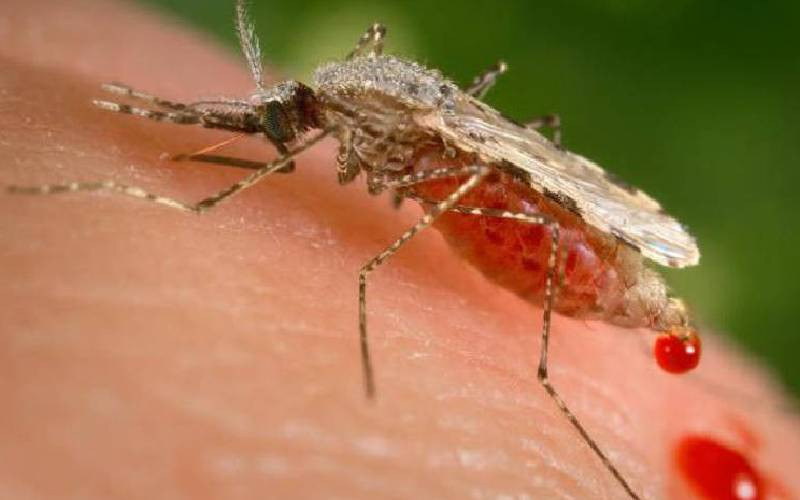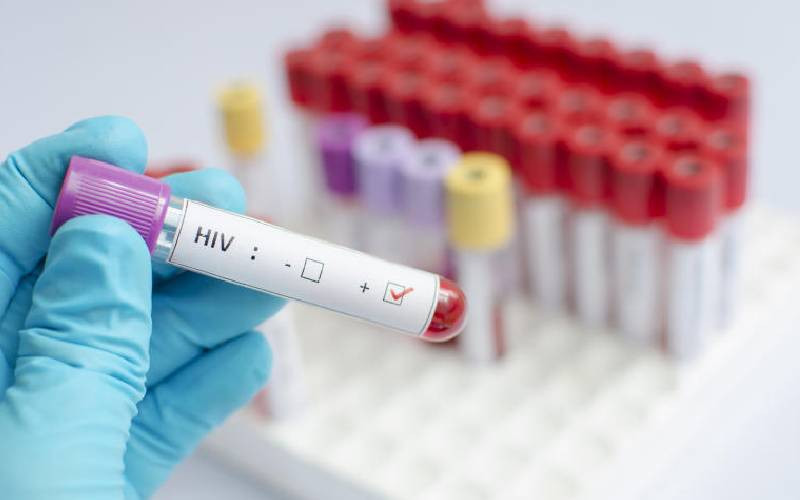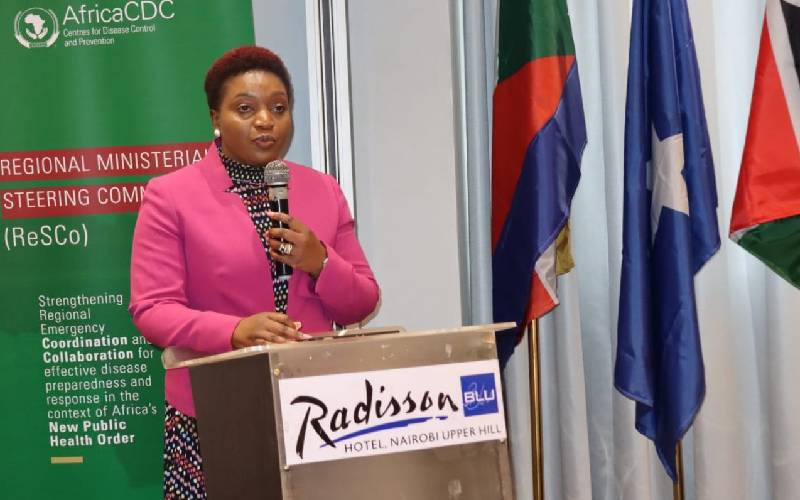
Kenya's decades-long fight against the killer malaria disease is facing a bigger threat from the region. This follows the discovery of a new species of mosquitoes called Anopheles stephansi that has been pushing up malaria cases in Marsabit, Turkana and Samburu counties, leaving experts and policymakers scratching their heads in search of answers.
The Anopheles stephansi is native to India and other parts of Asia, where it has been ravaging populations for years. Here in Africa, it was first identified in Djibouti in 2012 and recently in eastern Ethiopia.
Acknowledging the presence of the species in the country, Health Cabinet Secretary Susan Nakhumicha said the mosquitoes may pose a threat to areas that have been malaria-free.
Unlike the traditional malaria causing mosquito strain (Anopheles gambie and Anopheles funfest), Anopheles stephansi is invasive and can spread malaria to new areas at a higher rate. It is also adaptive to different climatic and environmental conditions.
“Over the last few decades, there has been a reduction in the burden of malaria across Kenya. This new mosquito species poses a significant public health threat and could reverse the gains made in the fight against malaria,” Health CS told the National Assembly Parliamentary Health Committee.
Marsabit, a county considered to be malaria free for example, has confirmed at least 3,329 malaria cases. In January alone, the county recorded a total of 434 cases.
“The laboratory reporting rate in the month of January 2024 was 70 per cent,” said Nakhumicha, adding, “In the last one year, the positivity rate of malaria has increased compared to the previous year”.
- Kenya, Ghana among 12 African countries to receive first-ever malaria vaccine
- Kenya set to receive malaria vaccine as disease is ranked highest killer
- Cerebral malaria: When untreated malaria sends patients into coma
- Amid climate change, mosquitoes migrate; will malaria follow?
Keep Reading
The CS had appeared before the committee to respond to a request for a statement by MP Naomi Waqo on detection of the invasive mosquito species in Marsabit.
Kenya became the sixth country to detect the mosquito known to the biggest malaria vector in Asia. The mosquito species has also detected in Djibouti, Ethiopia, Sudan, Somalia, and Nigeria.
Invasion mosquito genus on the African continent may put an additional 126 million people at risk of malaria each year, with children and expectant mothers being expected to account for bulk of the cases.
According to the Kenya Malaria Indicator survey of 2020, prevalence of malaria stands at 5.8 percent in Kenya.
An estimated 3.5 million new clinical cases and 10,700 deaths are reported in the country annualy.
Busia, Bungoma, Siaya, Vihiga, Kisumu, Homa Bay, Baringo and Migori and Kakamega are the most affected counties.
Nakhumicha said the government has increased surveillance, to prevent spread of the invasive mosquito species in Marsabit and other counties.
She also added that the ministry has intensified Vector surveillance to determine the extent of the spread of the insects.
Surveillance has so far been conducted in 13 counties based on risk for malaria, including Kilifi, Kwale, Baringo, Kisii, Garissa, West Pokot, Marsabit, Laikipia, Nandi, Kirinyaga, Elgeyo Marakwet, Isiolo and Turkana,
Mandera and Samburu counties have also been surveyed to avert the disease.
The ministry is therefore recommending sleeping under treated mosquito nets, community education on mosquito breeding habits, proper disposal of unused containers and tires and drainage of any stagnant water
Other measures include covering all water containers to avoid mosquito breeding; and use of larvicides to treat stagnant water bodies in addition to the use of personal protective measures such as repellents, and wearing long-sleeved clothing to prevent mosquito bites.
In Marsabit, the government is implementing comprehensive social behaviour change, strategies to sensitize the local communities and raise awareness on preventive measures against the invasive mosquito species.
“...these strategies include community engagement, tailored messaging, health education, training of community health workers, use of media channels, and continuous monitoring and evaluation of interventions,” said Nakhumicha.
However, the committee chaired by Isiolo Mp Guyo Wako demanded more answers on why some counties were not included under the ongoing malaria programme by the ministry.
Kilgoris MP, Julius Sunkuli, said it was worrying that Kilgoris has been excluded in the program despite high volume of malaria cases reported in local hospitals.
“I don't know what ministry is planning to do? We've requested to be placed in the same program to have the environment sprayed to avoid malaria, and we'd been promised mosquito nets, but nothing is happening,” said Sunkuli.
In response, Nakhumicha said existence of mosquitoes does necessarily mean an area is malaria endemic.
Categorising of malaria endemic zones, she explained, relies on data documented from across the country, which determines budgeting.
Localities listed with more cases of malaria are therefore considered endemic - and budgets are located under the malaria programme conducted by the ministry. Under the programme, the ministry distributes mosquito nets and anti-malaria drugs among other preventive activities.
 The Standard Group Plc is a multi-media organization with investments in media platforms spanning newspaper print
operations, television, radio broadcasting, digital and online services. The Standard Group is recognized as a
leading multi-media house in Kenya with a key influence in matters of national and international interest.
The Standard Group Plc is a multi-media organization with investments in media platforms spanning newspaper print
operations, television, radio broadcasting, digital and online services. The Standard Group is recognized as a
leading multi-media house in Kenya with a key influence in matters of national and international interest.











